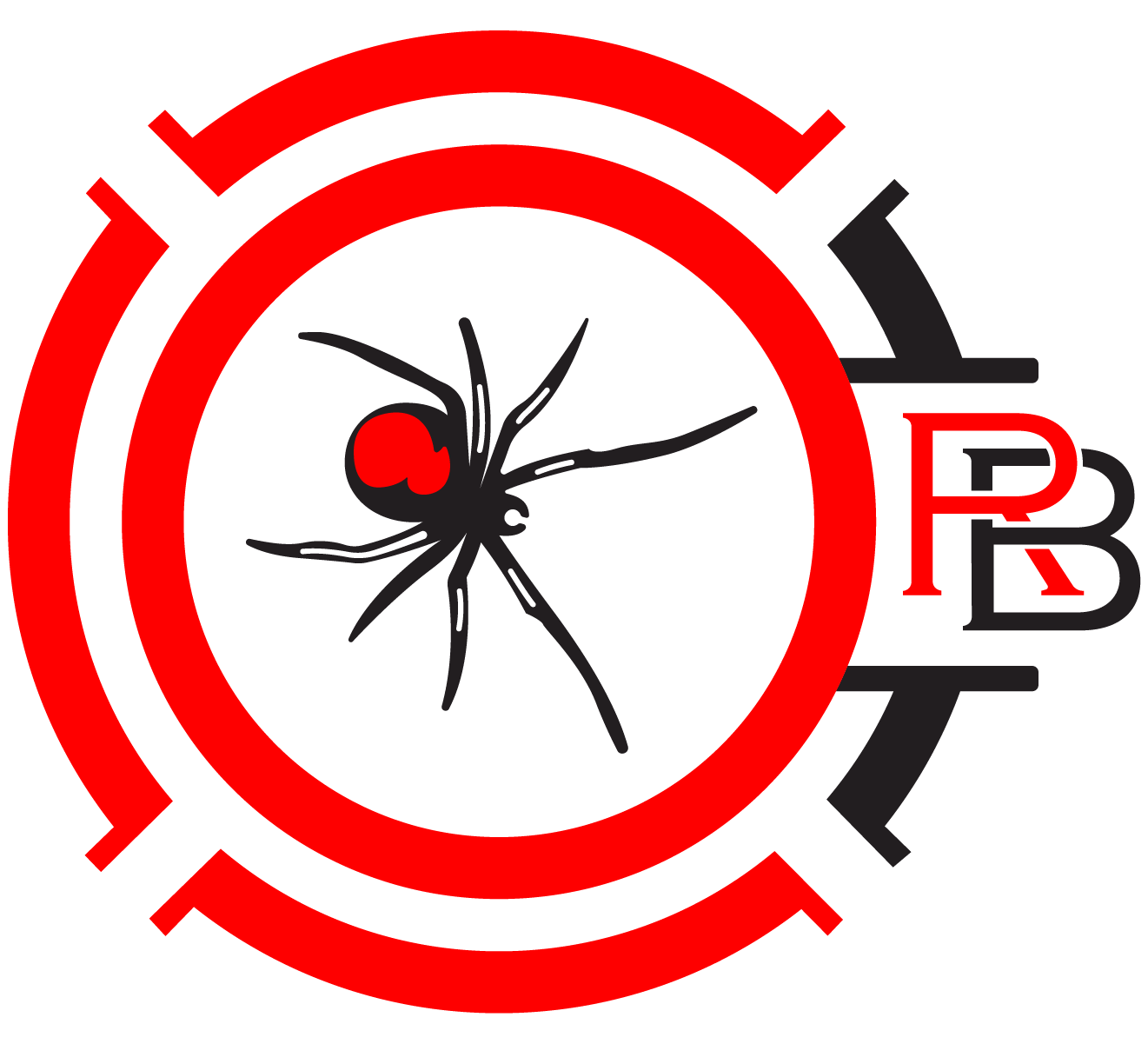Call 1800-TERM-HELP - 1800 837 643 - Your Local Termite Professionals!
Unit 2/840 King Georges Road, South Hurstville, NSW 2221
Get Rid of Flea's For Good!
Easy Access to our Booking Services
On Time and Tracking Scheduling
Flea Control - Extermination
Get your home professionally treated by Termite Help and Redback Pest Control, We offer important solutions for pest problems INC: Termite Control, Cockroach Control, Rodent Control, Spider Control, Ant Control, Bee & Wasps Control & many others.
Why risk your Flea control? when you can trust Termite Help and Redback Pest Control to take care of your pest control services. Flea’s are prolific breeders you can have a plague of fleas under 4 weeks. Our job is simple: to eliminate Flea’s from your home or business. With our tailored service options, you can be confident that your Flea problem is under control when you choose Redback Pest Control, and we’ll take care of the rest. As part of our tailored Flea control services, our Flea exterminators treat for:
All Flea’s.
About Fleas
Fleas can cause: Transmission of serious diseases to you and your Family.
Fleas are small, wingless insects ranging in size from approximately 1-10 millimetres in length depending on the species. Almost everybody, especially those with cats or dogs will be familiar with these small biting insects and will have either seen them or the effects of their nuisance bites. Fleas can be recognised by the following features:
- Laterally compressed bodies
- Piercing-sucking mouth parts
- Enlarged hind legs adapted for jumping
- Strong tarsal claws adapted for holding onto their hosts
- Backward pointing hairs and bristles for ease of movement through the hair of a host
- Small antennae which tuck away into special groves in the head
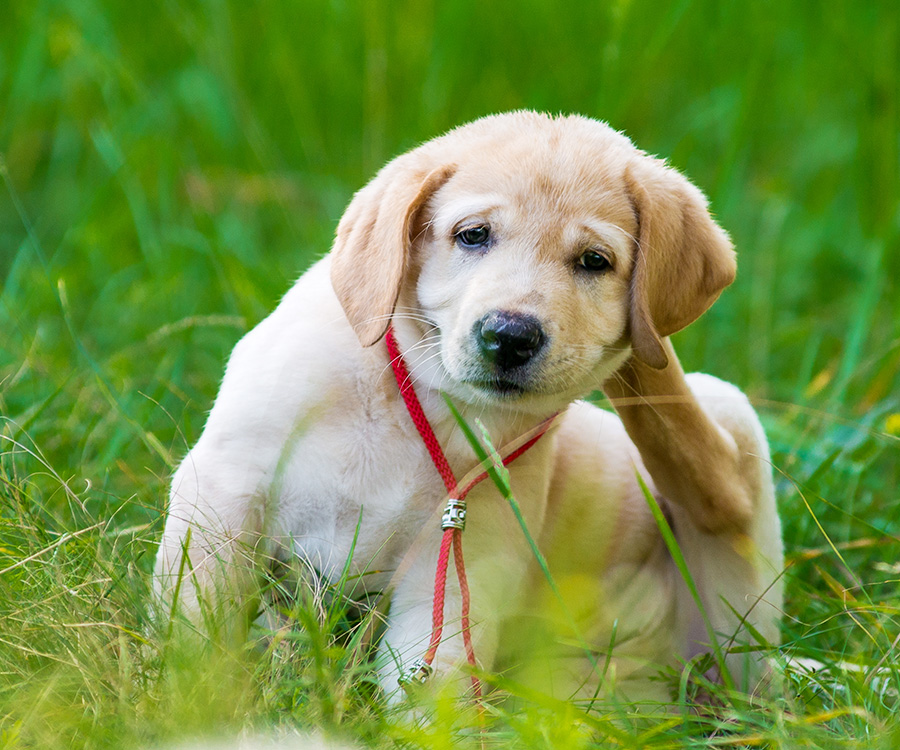
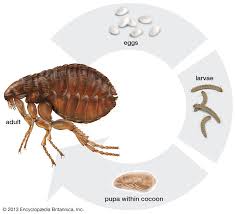
Contact us today to learn more about our Flea control service. 1800-837-643
Protecting You From Flea's - Guaranteed
Your satisfaction is our top priority. If at any time you’re not happy with the results, we’ll come back and fix the issue at no additional cost to you within the warranty period.
Jump to a Section:
Tailored Flea Control Treatments
At Termite Help and Redback Pest Control, we offer a comprehensive residential Flea control service that is designed to effectively eliminate Flea from your home or business. With our team of expert exterminators and state-of-the-art techniques, you can rest assured that your Flea problem is in good hands.
What can you expect when you partner with us for Flea control and removal services: We offer over 30 years of Flea control in Sydney,Blue Mountains and Wollongong along with the understanding of the local environment, areas like North Sydney and Western Sydney have a higher rate of Flea infestations.
- Family-Safe Treatments: We understand the value of keeping your home and business pest safe. That’s why our Flea control treatments are specially formulated to be pet and children-friendly. You can trust that our methods are 100% safe, providing peace of mind for you and your loved ones.
- Expert Exterminators: Our team of highly trained pest control technicians specializes in Flea control methods and has extensive experience dealing with various Flea species. With their expertise and knowledge, they can effectively eliminate Flea from your home and business and prevent future infestations.
- Integrated Pest Management: As part of our Flea control services, we offer up to date services to help prevent Flea from re-entering your home or business. Our trained technicians will use high-quality materials to seal any openings larger than an inch or any large gaps, ensuring that Flea cannot gain access to your property.
- Convenient Phone Hours: Our dedicated customer service team is available anytime between 8 a.m. and 8 p.m. to address any concerns or questions you may have. We believe in providing exceptional service and support to our valued customers.
When it comes to residential Flea control, trust the experts at Termite Help and Redback Pest Control. With our years of experience and industry-leading techniques, we have the knowledge and tools to effectively eliminate Flea’s from your home and business. Contact our team today to learn more about our services and take the first step towards a pest and Flea -free property.
- A comprehensive inspection of your home and property, identifying problem areas and entry points. This allows us to develop a customized treatment plan tailored to your specific needs.
- Strategically-placed treatments in areas infested by Flea’s , while ensuring they are away from your family and pets.
- In cases of severe Flea infestations, we will return within 6 to 8 weeks as most flea treatments need a 2nd call back toy remove any activity and make any adjustments to your Flea control service.
Flea And Pest Control Safety Precautions
At Termite Help and Redback Pest Control, when using Flea pest control methods, we follow these safety precautions:
- We read the product label before use and only apply pesticides in accordance with the label directions, including any safety information
- We wear appropriate personal protective equipment (PPE) when handling pesticides.
- We do not place treatments in areas where they can be accessed by children, pets, wildlife or livestock.
- We place treatments only in locations from which they can later be inspected if needed.
- We keep a record of treatments with tracking technology and and identification software.
- We notify all occupants of the building about the use of pesticides.
- We do not place treatments where they can contaminate food or food-handling areas.
- We do not eat, drink or smoke when handling pesticides.
- We always wash PPE such as gloves, clothes and boots after pesticide use.
- We store pesticides in their original containers and ensure that the label remains intact – do not transfer products to alternative containers.
Major Flea Pest Species
- Cat flea (Ctenocephalides felis).
- The dog flea, Ctenocephalides canis (Curtis)
- Human flea. scientific name: Pulex irritans Linnaeus, (Insecta: Siphonaptera: Pulicidae)
Fleas are small, wingless, external parasites from the order Siphonaptera. Adult fleas range from 2 to 4 mm in length, are brown in colour and oval in shape.
They have six, spiny legs, with powerful hind legs for jumping. Fleas are able to jump more than 200 times their body length.
Fleas have small antennae and mouth parts for piercing and sucking. They feed on the blood of humans and animals. Some flea species feed from one host species only, while others can survive on a number of hosts.
Fleas may be a growing problem due to the increasing number of household pets.
Fleas can spread the typhus disease. Typhus is caused when flea bites become infected as a result of flea-faecal contamination. However, this is uncommon.
Fleas are also known to transmit tapeworm larvae. Fleas are most notorious for transmitting bubonic plague from wild rodents to humans in some parts of the world. However, this is not known to occur in Australia.
Main flea species in Australia are:
- Cat flea, which is the most common flea in Australia. It attacks dogs, rats, humans and other mammals.
- Dog flea, which is less common than the cat flea, but similar in appearance. This flea attacks a wide variety of mammals.
- Human flea, which is uncommon due to the increase in home hygiene standards. This flea also attacks dogs, pigs, rats and mice.
Fleas – life cycle
Fleas take four forms during their life cycle: egg, larva, pupae and adult. This cycle takes 2 weeks to 8 months depending on temperature, humidity, food and the type of flea species.
You may need to identify which stage of the flea life cycle is present before deciding on a treatment method.
Egg
Adult females lay 4-8 eggs in a cluster after a blood feeding, usually on the host animal. The eggs are light coloured and oval shaped, and can take 2 days to 2 weeks to hatch.
Larva
Larvae look like translucent worms with small bristles. They are approximately 3 mm long. Larvae may take several months to develop after hatching from eggs. They eat digested blood from adult flea faeces, dead skin, feathers, hair and other particles of organic matter. Once fully developed, larvae begin weaving a cocoon and become pupae.
Pupa
Pupae grow to adult fleas inside a cocoon that sticks to pet hair, carpet fiber, dust, grass cuttings and other matter. Fleas grow best during warm, moist winters and spring. Pupae do not emerge from these cocoons until they detect a suitable host (for example, by sensing vibrations caused by humans or animals). Egg to pupa stages take approximately 5-14 days.
Adult
Adult fleas may remain resting in their cocoon until they sense vibration (caused by movement), pressure, heat, noise or carbon dioxide. The ability to sense vibration explains why flea bites can occur after entering a house that has been unoccupied for some time.
When adult fleas emerge from their cocoons, they are ready for their first blood feed. Adults are quite active, crawling and jumping in hair or fur.
Blood feeding
Adult fleas can survive for many months without feeding. When a food source is available, the flea uses its saw-like mandibles (jaws) to cut through skin on accessible parts of the body (for example, legs or feet). Flea saliva contains anticoagulants to keep the host’s blood flowing so they can feed easily.
Flea bites
Symptoms of flea bites include:
- extreme itchiness at the bite site
- a red, swollen wheal (lump) that develops within 30 minutes of being bitten
- a blister or small wound at the site of the wheal, approximately one day after being bitten
- bites concentrated on the legs and feet
- secondary infections caused by scratching the bite site
Some people may become more sensitive to flea bites over time.
Flea reservoirs – household pets
Dogs and cats are common ‘reservoirs’ for fleas.
Pets may be irritated by flea bites and scratch often. Check for fleas by parting the fur, particularly around the ears and rump. Look for the fleas themselves or for flea faeces. Flea faeces look like miniscule dark specks. For a positive identification, place a few of the specks on a piece of lightly moistened white tissue. Flea faeces will stain the tissue with a ring of blood.
Fleas – nonchemical treatment
Maintaining a high standard of hygiene is very important in controlling fleas without the use of pesticides. All hard floors and furnishings should be thoroughly swept and washed. All carpet and furnishings should be vacuumed, paying particular attention along seams and joins.
Soft furnishings and beddings should be washed.
It is common for fleas to be found in areas where household pets rest. These areas should be targeted first. Pet bedding should be thoroughly vacuumed or steam cleaned.
Outside, loose debris and weeds should be removed and the lawns mowed. This helps expose their environment and is a good integrated pest management tool. Larvae have been known to frequent shaded areas.
Ensuring pets and animals cannot access areas beneath the house can also help to minimise the chance of fleas spreading indoors.
Fleas – chemical treatment
Effective flea control often relies on the well-directed application of pesticides. This should be undertaken at the same time as non-chemical treatment – such as vacuuming and garden maintenance – to ensure the environment is less suitable for the development of fleas.
1. Treat the pet
Pest control operators (PCOs) should direct their clients to treat pets for fleas. This will ensure that the fleas do not continue to reinfest treated areas while harbouring on the animal. Clients should contact a local veterinary clinic for advice on appropriate pet flea control measures. Care must be taken to ensure untreated stray or feral animals do not also inhabit the property. Pets bedding should be treated simultaneously.
2. Treat the home
There are many types of pesticides registered for flea control in Australia. When selecting a pesticide, the PCO should perform a risk assessment. Before starting a treatment, the PCO should consider whether they have:
- chosen a pesticide with the lowest toxicity
- enquired if any members of the household are sensitive to pesticides
- communicated to the client areas where pesticides will be applied
- informed the client to vacate the premise for a minimum of 4–6 hours
- ensured all children’s toys, and pet water and food bowls are stored away
- read the product label directions carefully.
Surface sprays can be used to treat areas that may harbour eggs, larvae, pupae or adults. Typically, these areas may include flooring, skirting boards under rugs, and floor to wall joints. Particular care must be taken in the accuracy of the application, especially when using products that are not suitable for carpets and upholstery.
Space spraying with pesticides can be a useful control method. The PCO must prevent entry to treated areas during the time of application. Treated rooms should be adequately ventilated before persons and pets are allowed to re-enter.
Dusting – while not common – can be an effective application method when treating areas where spraying is difficult, such as in cracks and crevices, or wall voids. Take care when using dusts. They do not adhere to the surface on which they are applied and can be disturbed by air flow or vibrations, potentially increasing the treatment area and prolonging the risk of exposure.
3. Treat the garden
Sometimes outdoor areas and subfloors may need to be treated with surface sprays. Sheds and dog houses may also need to be treated. Rodents can sometimes be the source of a flea infestation.
Therefore, PCOs should look for signs of rodent activity when deciding what chemical treatment to recommend. Rodent and flea control measures may have to be undertaken simultaneously.
Prevent Flea with Smart Services
Why people prefer Termite Help and Redback Pest Control
We do all termite and pest control services. We take Flea control seriously and take great pride in delivering a superior service. We only employ the best of the best; our technicians have at least 10 years experience in the industry.
We promise you:
- 100% satisfaction or we come back and fix it at no extra charge.
- On time service.
- We leave your home exactly the way we found it.
- People, pet and planet friendly.
One of the key components of our Flea control service is exclusion work. During our comprehensive inspection of your property, we will look for potential entry points that Flea might be using to enter your home. Using high-quality products, we will seal openings preventing Flea from entering your home. For larger exclusion, we provide detailed communication and recommendations on the best method of repair.
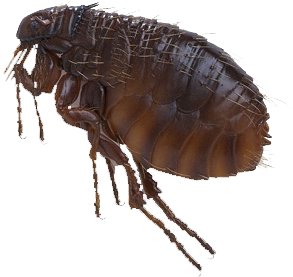
Get Started Today! Call us at 0400 733 222 or

Areas We Service
Tailored Pest Control
$335
$285.00 inc GST
A Termite Inspection will provide you peace of mind We use the latest technology. Book one Termite Inspection Based on 3 to 4 Bedrooms Single Story Home Block size: 400 to 500 m²
Expires: 31/04/2024
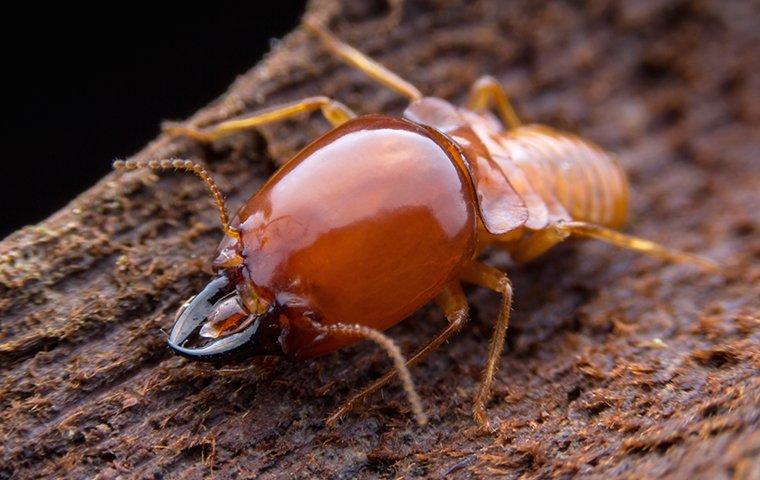
$200 Visa Gift Card
When You Enroll In A Two-Year Pest Plan
Expires: 31/04/2024

REVIEWS





